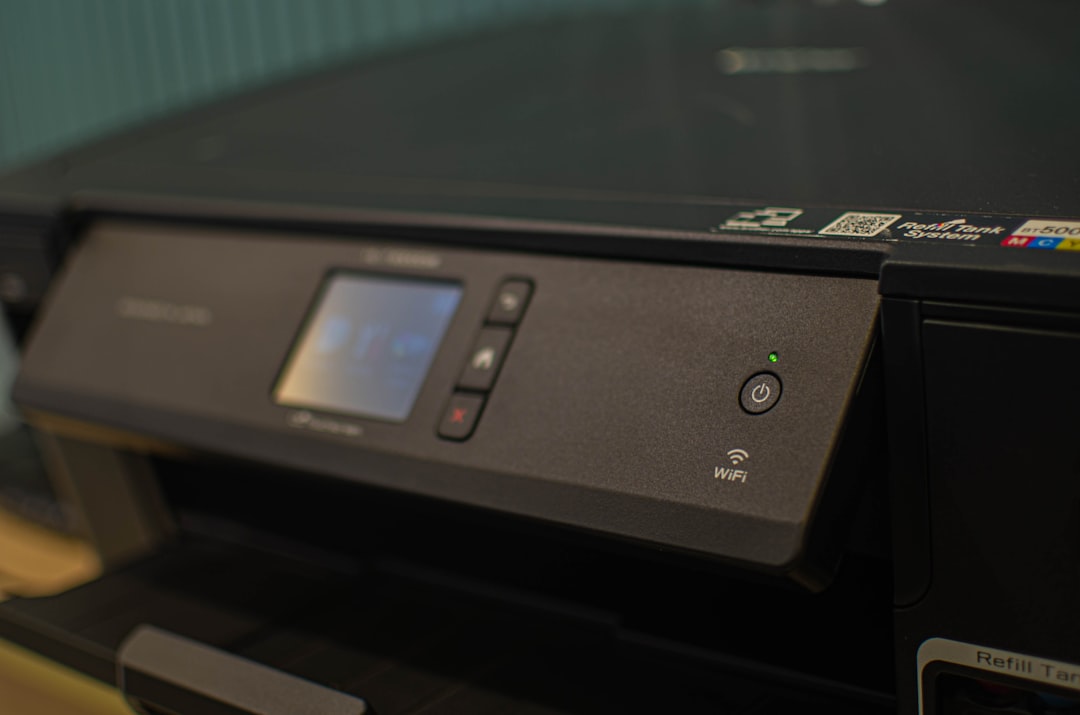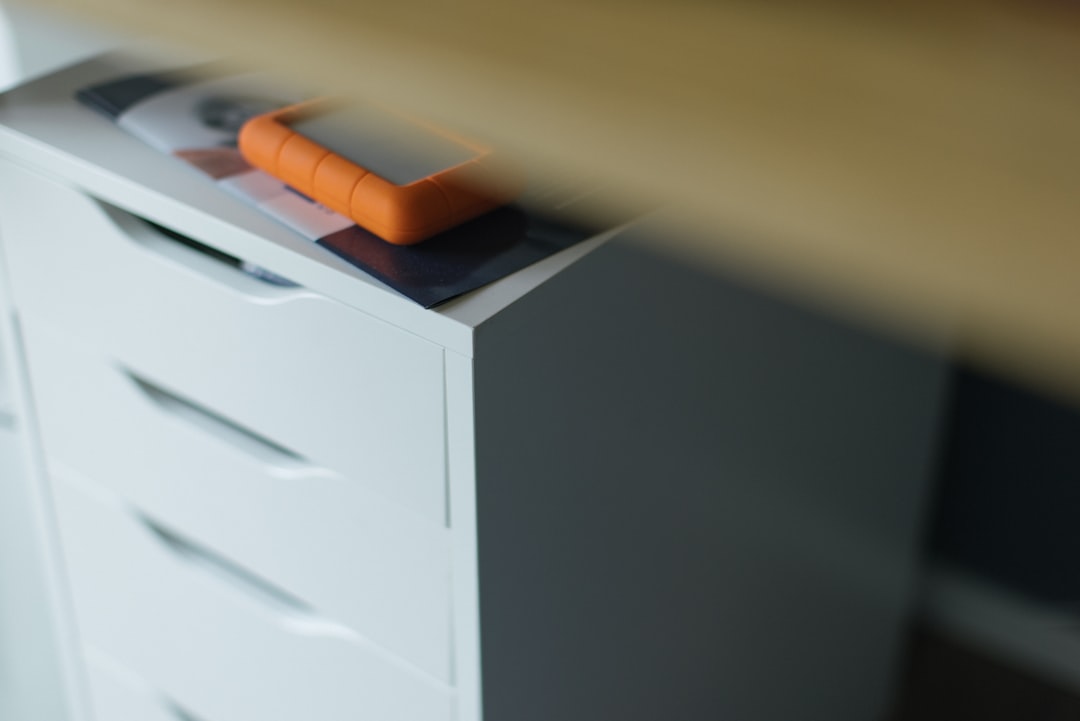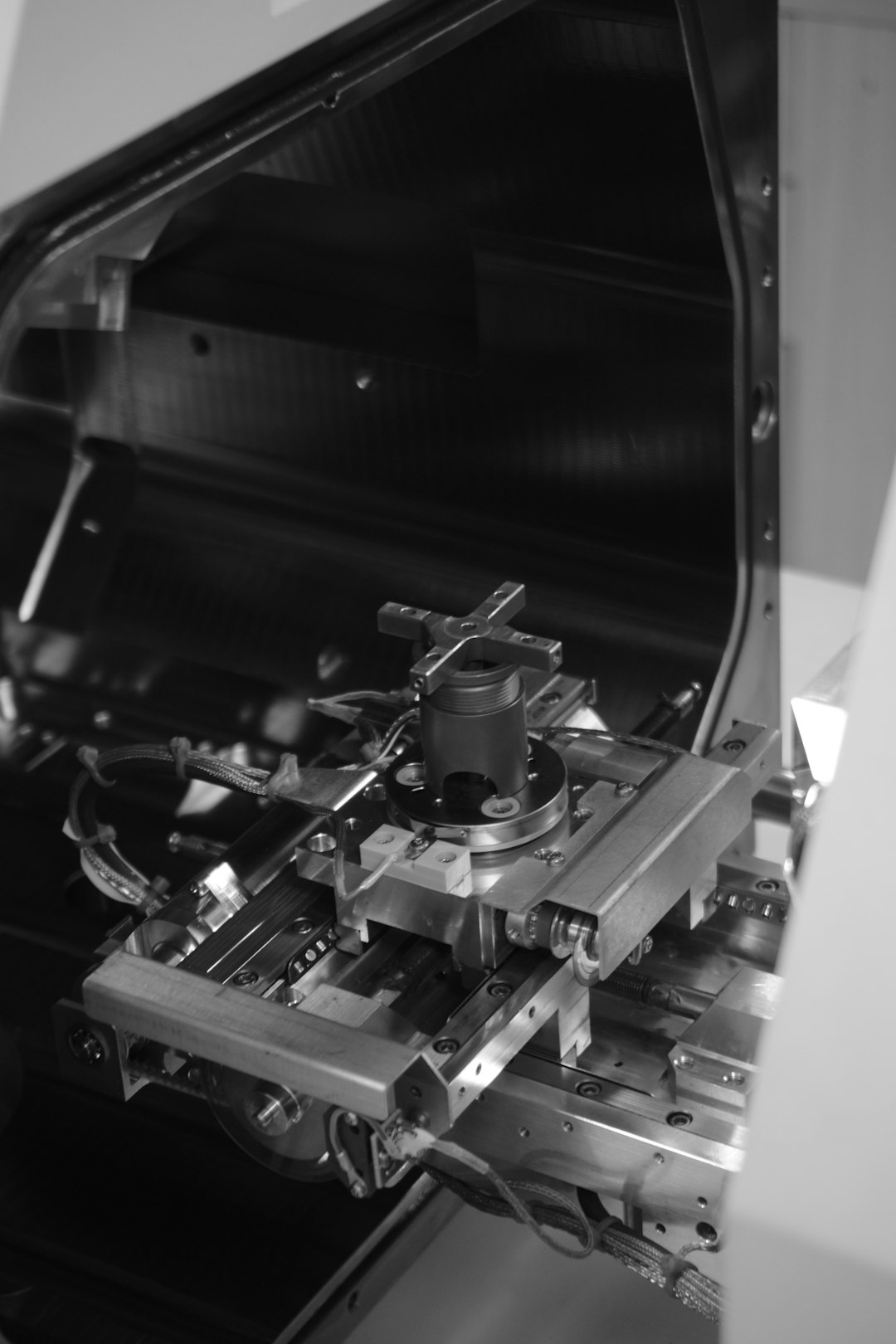UV DTF printers have revolutionized the world of custom printing with their ability to produce vibrant, durable designs on a wide array of surfaces. However, like any sophisticated equipment, these machines require regular maintenance to ensure long-term efficiency and consistent print quality. Poor maintenance can lead to costly repairs, reduced print quality, and increased downtime. This guide covers essential maintenance practices to keep a UV DTF printer running smoothly and efficiently for years to come.
Daily Maintenance Checklist
Consistent maintenance on a daily basis keeps the printer in optimal condition and prevents common issues such as clogging and alignment problems.
- Clean the printhead nozzles: Use the printer’s built-in cleaning function or manually clean with cleaning solution to prevent ink buildup and clogging.
- Check the ink levels: Running out of ink mid-print can damage the printhead. Always ensure there’s enough ink in all channels before beginning a print job.
- Wipe the capping station: A clean capping station ensures the printhead is properly sealed when not in use, preventing dryness and ink clogging.
- Inspect the wiper blade: Make sure the wiper blade, responsible for cleaning the printhead, is free of dried ink and debris to avoid smearing.

Weekly Maintenance Tasks
In addition to daily care, there are several maintenance tasks that should be addressed on a weekly basis to ensure optimal printer performance.
- Perform a nozzle check: This will help you identify any print quality issues or partial clogs early on, allowing for proactive maintenance.
- Flush the lines: Ink lines can accumulate particles or dried ink, so flushing them weekly helps maintain a smooth ink flow.
- Inspect and clean rollers: Rollers must be clean to keep media feeding properly and prevent misalignment or shifting.
- Ensure ventilation and cooling: Make sure fans and ventilation systems are free from dust and debris to avoid overheating.
Monthly Maintenance Essentials
Monthly tasks often involve more in-depth inspection and occasional part replacement to maintain the health and longevity of the printer.
- Replace filters: Air and ink filters should be replaced regularly to avoid contamination and clogs.
- Lubricate mechanical parts: Ensure all moving parts are adequately lubricated to reduce friction and mechanical wear.
- Update firmware and software: Checking for and installing updates can improve the printer’s functionality and ensure compatibility with new materials.

Common Troubleshooting Tips
Understanding how to address common printer problems is part of effective maintenance. Here are a few issues you might encounter and how to resolve them:
- Streaky prints: Perform a deeper head cleaning or manually clean clogged nozzles to clear blockages.
- Media jams: Double-check that the media is properly aligned and that rollers are free of debris.
- Ink not adhering: Inspect UV lamp functionality and confirm ink compatibility with the printing substrate.
Storage and Environmental Conditions
Where and how a UV DTF printer is stored also affects its longevity. Always place the printer in a clean, dry, and dust-free environment. Avoid exposure to direct sunlight and maintain a stable room temperature and humidity level to prevent ink from thickening or drying out inside the system.
FAQ
- Q: How often should I clean the UV DTF printer’s printhead?
A: It’s recommended to clean the printhead daily or after every major print job to maintain performance. - Q: Can I use any cleaning fluid for my printer?
A: No. Always use the manufacturer-recommended cleaning solution to avoid damaging sensitive components. - Q: What should I do if my nozzle check shows missing lines?
A: Perform a printhead cleaning cycle and repeat the nozzle check. If the issue persists, manually inspect and clean the printhead. - Q: How do I store ink cartridges if the printer won’t be used for an extended period?
A: Keep ink cartridges sealed and stored in a cool, dark place. Remove them from the printer and follow manufacturer storage guidelines. - Q: Is professional servicing necessary?
A: Yes. It’s advisable to have the printer professionally serviced every 6–12 months to ensure all components are functioning optimally.
By implementing these routine maintenance practices, businesses can extend the life of their UV DTF printers, reduce the risk of downtime, and maintain superior print quality over time.


